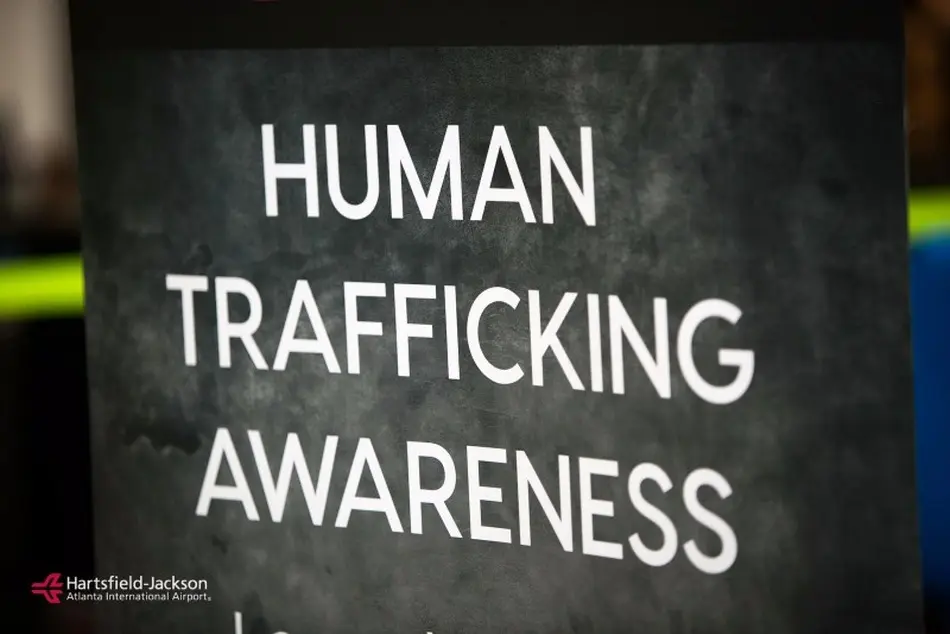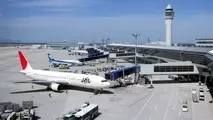Preventing human trafficking at airports

TIN news: Worldwide, an estimated 27 million victims are trapped in modern-day slavery, bringing profits of roughly $150 billion a year for traffickers, according to the International Labour Organisation.
The US State Department’s latest figures show that between 600,000 and 800,000 people are trafficked across international borders every year, out of which 40,000 to 50,000 into the US.
When it comes to tackling the battle against human trafficking, Airports Council International, the global trade representative of the world’s airport authorities, points out that airports are ideally positioned to assist, either by increasing border security, raising awareness and upskilling their staff in spotting potential victims and perpetrators.
In May, more than 100 airport and airline workers, contractors, concessionaires, government and law enforcement officials, local businesses and human trafficking advocacy groups attended a training session at Hartsfield-Jackson, one of the world’s busiest airports to help them recognise, deter, report and prevent these crimes.
Training and education: the keys to tackling trafficking
“Airports can play a vital role in getting information to the masses about human trafficking,” says Jan Lennon, director of security at Hartsfield-Jackson Atlanta International Airport. “Keep in mind, we hosted more than 104 million passengers last year – that’s a large number of people to whom we can make aware of this issue.
“Our individual role is to educate everyone we come in contact with about the deplorable things associated with this crime that detrimentally affect and alter the mental, physical, psychological, and spiritual stability of the most vulnerable, our youth,” he says.
As part of their training, staff are taught to spot physical indicators, such as signs of physical abuse, or names and symbols tattooed or branded on their person. Similarly, if a person’s ID and money are held by a traveling partner, excessive or limited baggage or the presence of an overly controlling or abusive “boyfriend or “travel companion” can highlight a potentially dangerous situation.
Behavioural indicators include persons who allow others to speak for them, lack of eye contact with authority and signs of anxiety, depression, fear, displaying resistance or being belligerent to authorities, among others.
Once an airport employee spots one or more of these traits, they should call 911 and let law enforcement professionals investigate the issue, Lennon says.
This is not the first time Hartsfield-Jackson stages an awareness campaign on the issue. In 2015, in collaboration with the International Human Trafficking Institute (IHTI), the airport exhibited artwork from local students and professionals that addressed the issue.
“Making people aware of human trafficking will advance efforts to help end human trafficking globally. Education drives awareness and awareness drives prevention,” Lennon says.

